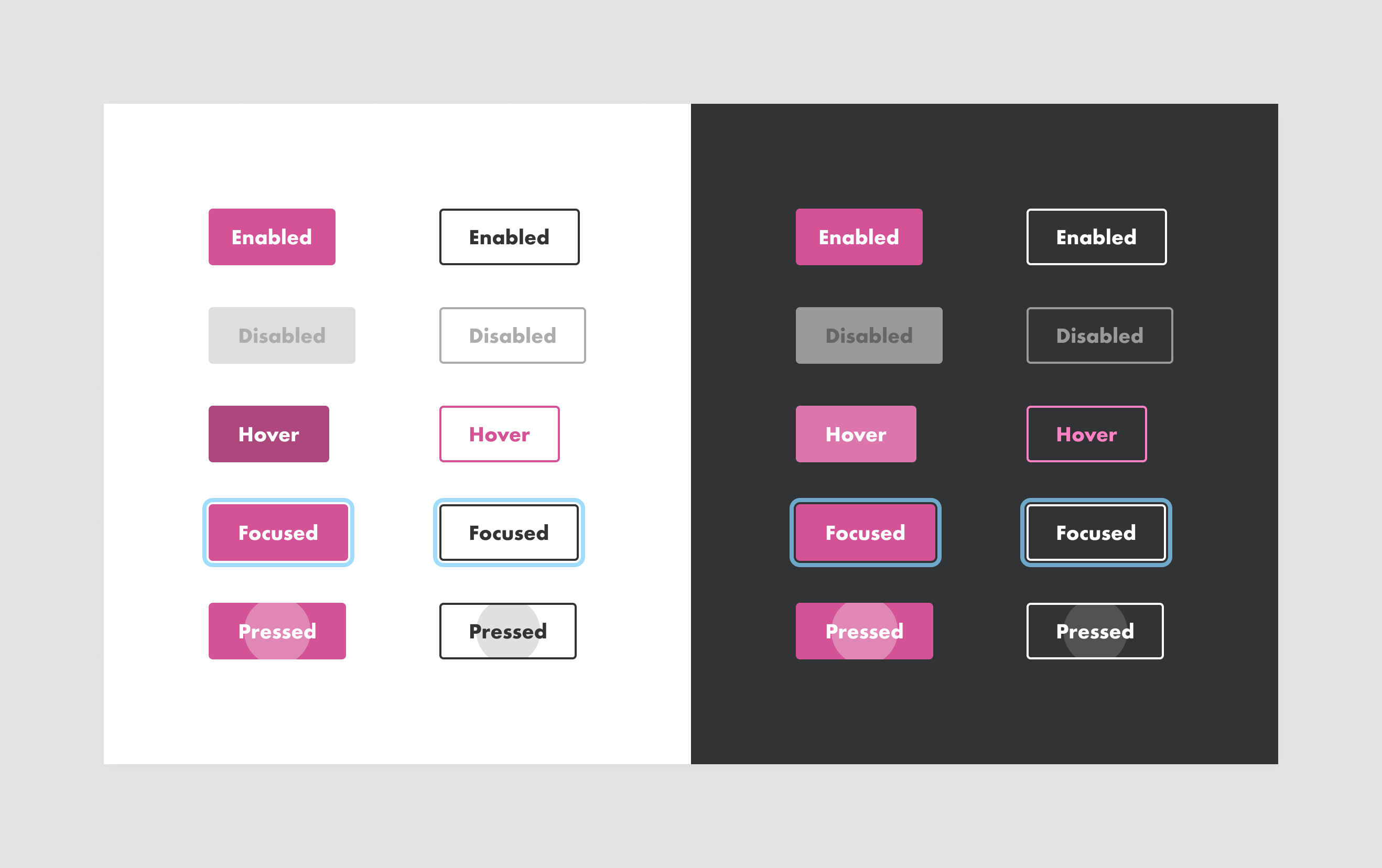


The MDC-Android library offers transition classes for these patterns, built on top of both the AndroidX Transition library ( ansition) and the Android Transition Framework ( ansition): Fade: used for UI elements that enter or exit within the bounds of the screen.Fade Through: transitions between UI elements that do not have a strong relationship to each other uses a sequential fade out and fade in, with a scale of the incoming element.Shared Axis: transitions between UI elements that have a spatial or navigational relationship uses a shared transformation on the x, y, or z axis to reinforce the relationship between elements.

#ANDROID MATERIAL DESIGN ANIMATION EXAMPLES FOR ANDROID#
The Material motion system for Android is a set of transition patterns within the MDC-Android library that can help users understand and navigate an app, as described in the Material Design guidelines. What is Material's motion system for Android? Created by a team of engineers and UX designers at Google, MDC features dozens of beautiful and functional UI components and is available for Android, iOS, web and /develop Material Components (MDC) help developers implement Material Design. By uniting style, branding, interaction, and motion under a consistent set of principles and components, product teams can realize their greatest design potential. Material Design is a system for building bold and beautiful digital products.


 0 kommentar(er)
0 kommentar(er)
